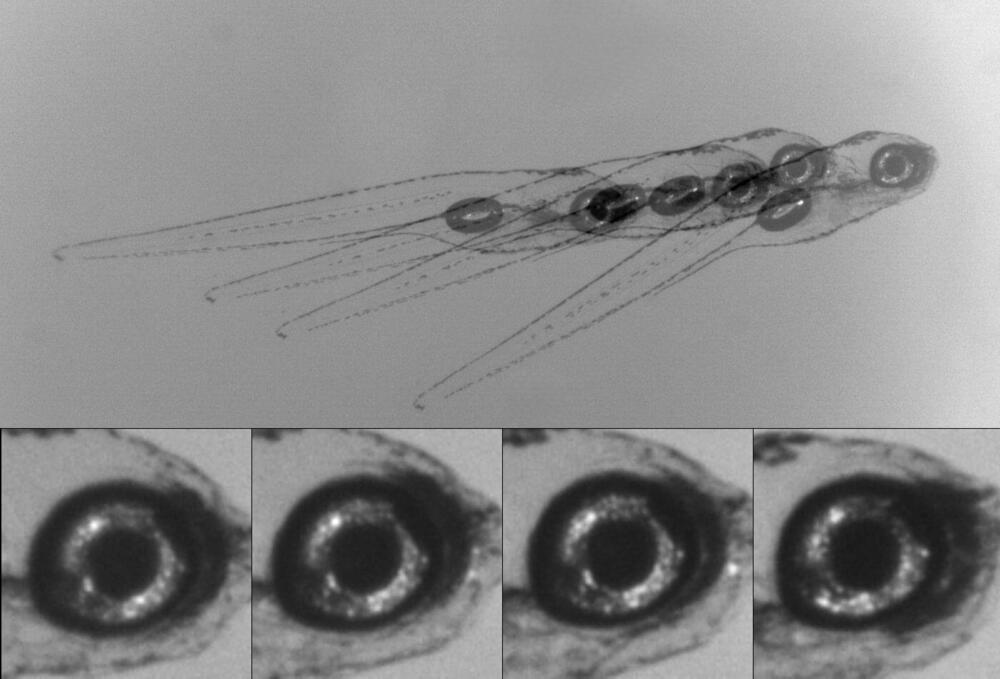In a world grappling with a multitude of health threats—ranging from fast-spreading viruses to chronic diseases and drug-resistant bacteria—the need for quick, reliable, and easy-to-use home diagnostic tests has never been greater. Imagine a future where these tests can be done anywhere, by anyone, using a device as small and portable as your smartwatch. To do that, you need microchips capable of detecting miniscule concentrations of viruses or bacteria in the air.









